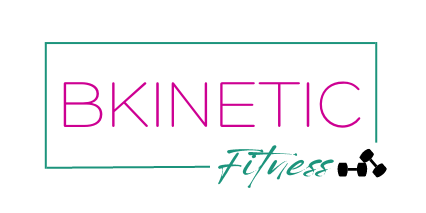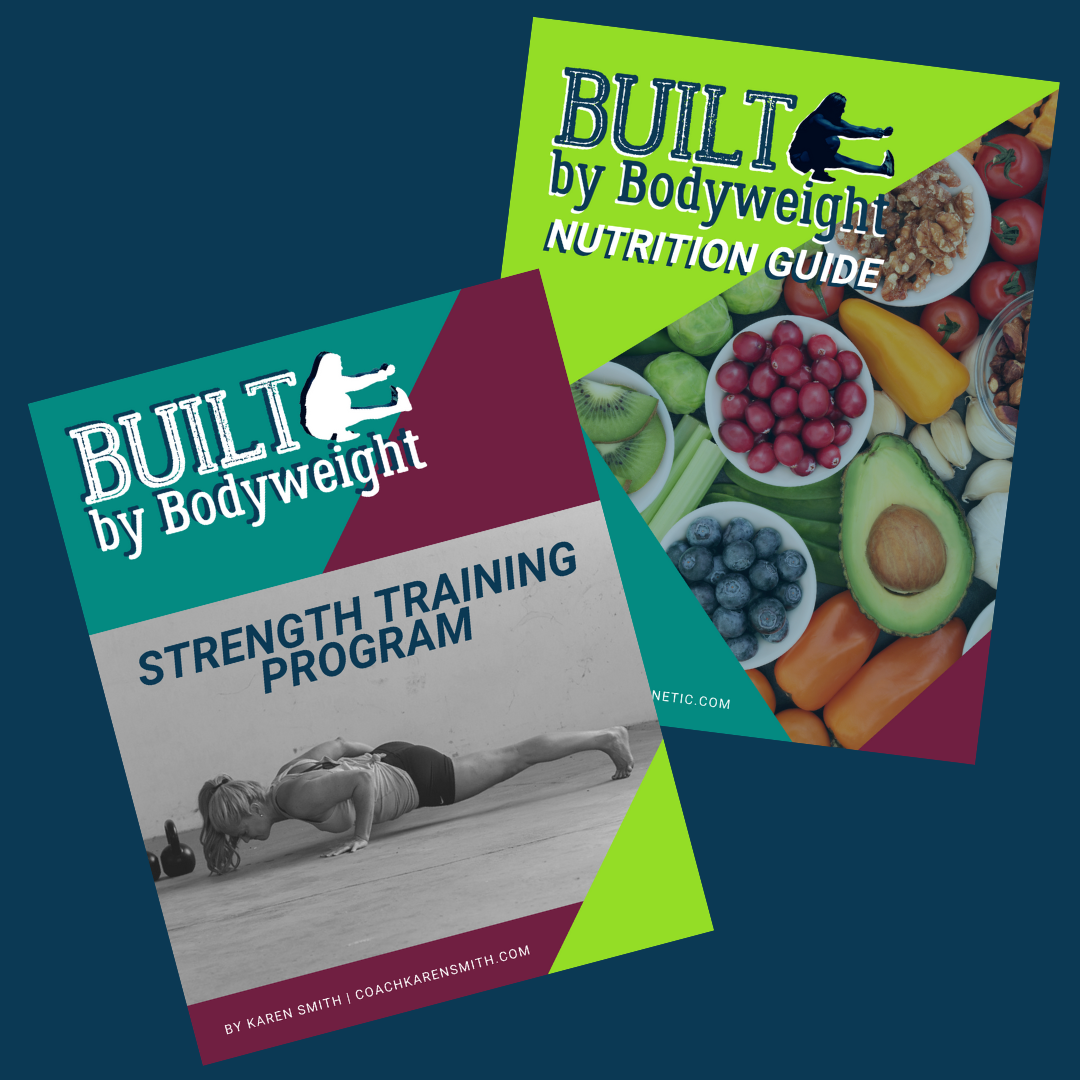Starting a new training program can be exciting. When we get a professionally written program to reach a goal that’s on our radar, it’s common to think that we must complete it verbatim or else. And there’s a hint of truth to that, but no quality program is 100% set in stone.
You might feel like you shouldn’t change your program. After all, a professional created it and you paid good money for it. But keep in mind, the program was designed with the average person in mind. Most people will need to make some modifications for a variety of reasons. We all have a unique combination of fitness and health backgrounds, current and past injuries, aches and pains (especially if you’re over the age of 40!), mobility limitations, coordination, and more.
Don’t be intimidated by a new program. Instead of thinking, “I can’t do this,” think, “How can I make this work for me?”
We all need to listen to our bodies each day. Our lives are all different and change day to day, month to month, affecting our workouts in many ways. Sleep quality, stress levels, energy levels, non-exercise activity, amount of sitting, and nutrition intake can all affect how our workouts go and how well we recover from them. It’s being cognizant of this that allows us to know when to back off and when to push our limits.
Ways to modify your program:
Exercise Selection
Every exercise has regressions and progressions, which decrease or increase the exercise’s difficulty. In some cases, you’ll want to choose a different exercise altogether. One example is when you’re injured. I’ve dealt with multiple injuries over the past 2 years, so I’ve had to modify my workouts quite a bit.
When I strained my right hamstring last year, I had to modify my lower body exercises to work around it. Deadlifts of any kind were out of the question for several months, as well as some lunges and squats. My shoulder injury prohibited pressing movements, so I focused on pulling and rotation exercises within my comfort level to rehab the injury and not cause more harm.
When I tore the labrum (cartilage) in my left hip, I was once again limited with both my lower body exercises and some full-body exercises like planks, leg lifts, and push-ups. Anything that required my hip flexors to fire up or hip internal rotation caused pain, so I experimented with different variations that took pressure off my left hip and hip flexors.
While I beta tested the Built By Bodyweight program, I didn’t always do the pistol squats. Sometimes I did a regression, such as the suspension trainer assisted pistols or step-downs, instead. Sometimes, when even those regressions hurt, I did something completely different, like one of my PT exercises (banded clamshells, glute bridges, or kickstand deadlifts). (If you’re currently doing the BBBW program, make sure to join the private FB group and reach out for assistance if needed.)
Volume
You can modify the number of sets and reps, load/weight, rest, and frequency of training. If a program calls for three sets of each exercise, but you’re just getting started or haven’t worked out for a few weeks or more, you can drop that down to two sets each the first week or so. Once you’ve gotten past the point of feeling sore after every workout, you can bump up the sets on two or more of the exercises for a week or so.
You can adapt the number of reps as well. Simply stop when you only have 1-2 good reps left in the tank. This is muscle fatigue, not complete muscle failure (meaning you can’t lift the weight any more). Make a note of the number of reps and sets you completed, so that the next time you can see if you can do more.
Especially when it comes to purely strength-based programs, it’s imperative that you rest as much as you need. If the program lists a specific amount of rest between sets, you can use that as a guide, but feel free to take more if you truly need it. A program that is more circuit training/metcon-based using light to moderate load and higher reps, you’ll typically rest less, because you’re going more for a cardio effect and muscle burn than pure strength. But when you’re working on strength, you want to feel recovered before each set to maintain proper technique and form.
If a program calls for 4 or 5 days a week of lifting, but your schedule only allows for 3, or your body needs more recovery time, by all means, do what you can and adjust from there. You likely won’t get the same results touted by not doing the program as written, but you’ll still get some results. As long as you adjust your expectations at the same time, it’s all good. You can always repeat the program and bump up your efforts once your schedule and fitness level allow.
Program Structure
If you’re crunched for time or have low energy or are especially sore or tight, it’s perfectly fine to adjust the day’s workout. Maybe all you have time or energy for is the warm-up or some mobility moves. You could also just focus on one or two of the main exercises that you’re most interested in advancing or feel good that day.
There were some days while beta testing BBBW when I only did a warm-up and the prescribed number of sets of the one arm push-ups and one other upper body or lower body exercise. I also had two physical therapy sessions per week to fit in along with the three workouts prescribed in BBBW. My PT sessions featured mostly lower body and full-body core movements, so sometimes I skipped the lower body exercises in my BBBW workouts, as I didn’t want those workouts to interfere with my PT sessions.
Often, I did BBBW workouts Monday, Wednesday, and Friday, and PT sessions on Tuesday and Thursday. So the BBBW workouts were mostly upper body and core, while I my PT sessions were mostly lower body and core. And this routine worked for me. I achieved my main goals of being able to do a one arm push-up from the floor and strengthened my hips and core to support my injured hip.
When warranted, don’t be afraid to modify your training program, keeping in mind that changing the program will change the results. This isn’t necessarily a bad thing, however. Sometimes, we just need more time to reach a goal, or working around an injury or limitation is needed, or our current lifestyle and circumstances just don’t allow us to do everything we want to do and get the kind of results we really want. Adjusting our mindset and expectations, along with our program, is part of making progress towards our goals.
Want to get early access to Built By Bodyweight and 30% off? Join the Built By Bodyweight waitlist! Plus, get a free copy of the No-Equipment Bodyweight Cardio Alternatives guide.

